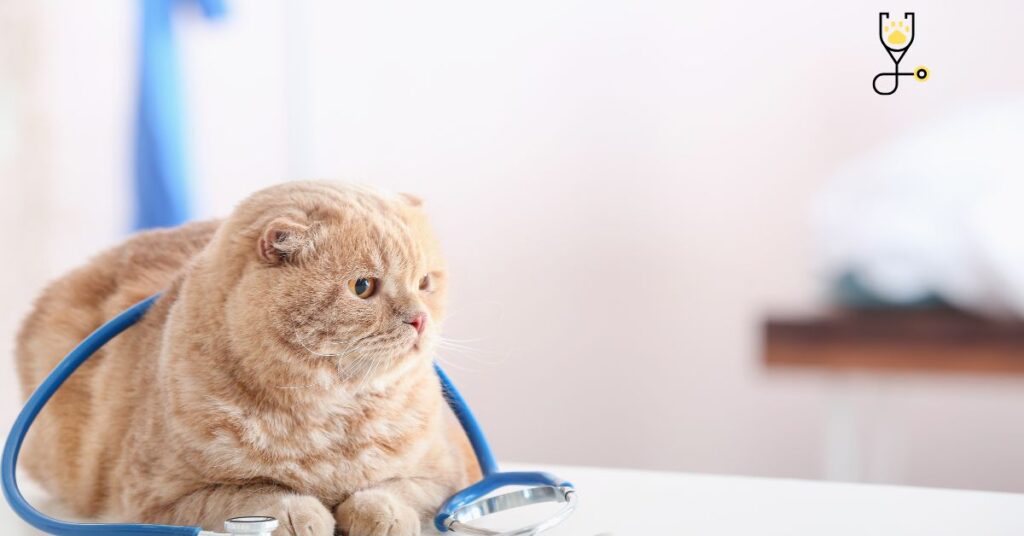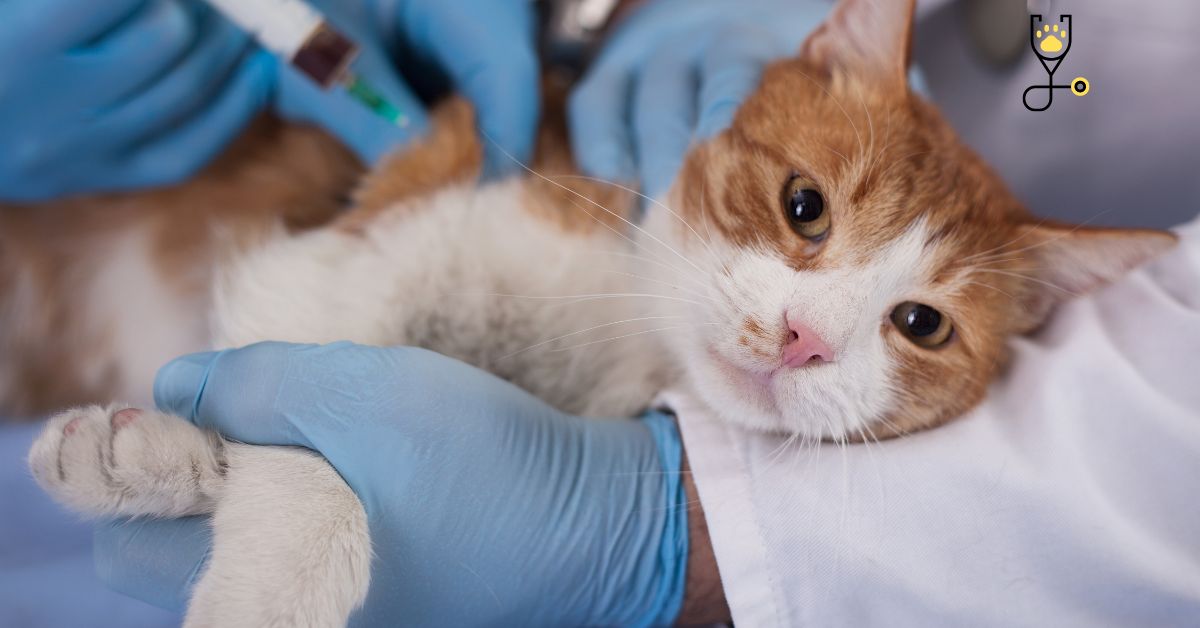Cats are adorable, playful creatures that often bring joy to their owners. However, they can also be susceptible to a number of health problems. In this blog post, we will discuss some of the most common disorders and diseases in cats. If you have a cat, it is important to be aware of these potential health risks and seek veterinary care if necessary. Thanks for reading!
Here are some of the most common disorders and diseases in cats:
Arthritis
Arthritis is a common problem in older cats. It is characterized by pain and stiffness in the joints. If your cat is having trouble moving around or seems to be in pain, it may have arthritis and should see a vet.
Asthma
Asthma is a respiratory condition that can be quite serious in cats. Symptoms include coughing, wheezing, and difficulty breathing. If your cat shows any of these signs, it is important to take them to the vet for an evaluation.

Cancer
Cancer is a serious disease that can affect cats of all ages. Symptoms vary depending on the type of cancer but can include weight loss, lethargy, and abnormal growth. If you notice any of these signs in your cat, it is important to have them evaluated by a vet as soon as possible.
Diabetes
Diabetes is a chronic condition that occurs when the body cannot properly regulate blood sugar levels. Symptoms include increased thirst and urination, weight loss, and weakness. If your cat shows any of these signs, it should be seen by a vet right away.
Kidney disease
kidney disease is a common problem in older cats. It can lead to increased thirst and urination, weight loss, and weakness. If your cat shows any of these signs, it should be seen by a vet for an evaluation.
Liver Disease
Liver disease is a serious condition that can affect cats of all ages. Symptoms include jaundice, appetite loss, weight loss, and lethargy. If your cat shows any of these signs, it is important to have them evaluated by a vet as soon as possible.
Urinary Tract Infection
A urinary tract infection (UTI) is a bacterial infection of the urinary system. Symptoms include increased urination, straining to urinate, and blood in the urine. If your cat shows any of these signs, it is important to take them to the vet for an evaluation.
Eating Disorders
Cats can develop eating disorders just like people. The most common disorder is anorexia, which is characterized by a loss of appetite and weight loss. If your cat stops eating or starts losing weight, it is important to take them to the vet for an evaluation.
Eye Problems
Cats can develop a number of different eye problems. Common problems include conjunctivitis (“pink eye”), glaucoma, and cataracts. If your cat has any discharge from its eyes, is squinting, or has cloudy vision, it is important to take them to the vet for an evaluation.
Dental Disease
Dental disease is a common problem in cats. It is caused by the build-up of plaque and tartar on the teeth. Symptoms include bad breath, drooling, and difficulty eating. If your cat shows any of these signs, it is important to take them to the vet for a dental exam.
These are just some of the most common disorders and diseases in cats. If you have a cat, it is important to be aware of these potential health risks and seek veterinary care if necessary. Thanks for reading!
Causes of Disease in cats
There are many different causes of disease in cats. Some diseases are genetic, while others can be caused by environmental factors such as exposure to toxins or viruses. Infectious diseases can also be passed from one cat to another.
Treatments and Prevention of Diseases

While there is no way to completely prevent all diseases, there are some things you can do to help your cat stay healthy.
Here are some tips for preventing diseases in cats:
1. Take your cat to the vet regularly for check-ups and vaccinations.
2. Feed your cat a nutritious diet and give them plenty of fresh water to drink.
3. Keep your cat’s litter box clean and provide them with a scratching post to keep their nails healthy.
4. Avoid letting your cat outdoors where they could be exposed to other sick animals or toxic substances.
5. Practice good hygiene by washing your hands after handling your cat or their things.
Prognosis
The prognosis for cats with diseases and disorders varies depending on the specific condition. Some conditions, such as cancer, can be fatal while others, such as urinary tract infections, are relatively easily treatable. It is important to work closely with your vet to develop a treatment plan that is right for your cat.
Conclusion
Diseases and disorders can be serious health risks for cats. However, there are some things you can do to help prevent them. By taking your cat to the vet regularly, feeding them a nutritious diet, and keeping their environment clean, you can help your cat stay healthy and avoid these potential health problems.
FAQ’s
1. What is the most common disease in cats?
The most common disease in cats is dental disease.
2. What are some common symptoms of diseases in cats?
Common symptoms of diseases in cats include weight loss, appetite loss, increased urination, and lethargy.
3. How can I prevent my cat from getting sick?
There is no guaranteed way to prevent your cat from getting sick, but you can help reduce their risk by taking them to the vet regularly, feeding them a nutritious diet, and keeping their environment clean.
4. My cat is showing signs of a disease, what should I do?
If your cat is showing signs of a disease, it is important to take them to the vet for an evaluation as soon as possible. Early diagnosis and treatment can often improve the outcome for your cat.
5. What are some common treatments for diseases in cats?
Common treatments for diseases in cats include antibiotics, surgery, and lifestyle changes.







